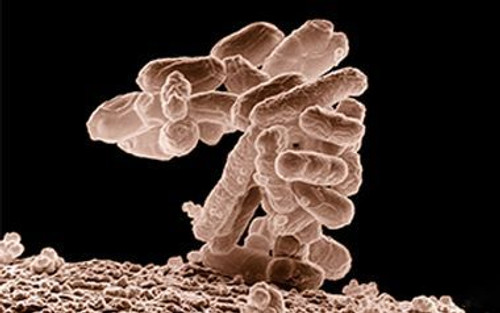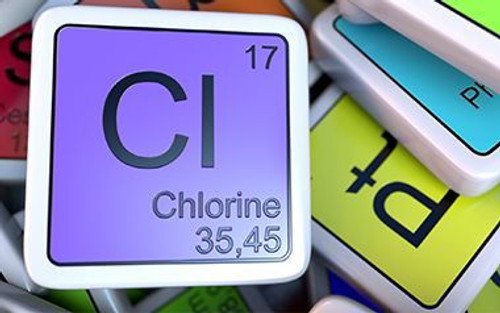Looking to reduce high amounts of large ions like magnesium, calcium, and sulphates without using salt? Or trying to eliminate hard quality water? The softening membrane system is the perfect solution to address both those issues and more.
In order for the softening membrane system to function properly, there are a couple requirements for the feed source that need to be taken into consideration when applying to this system. Pre-treatment is generally needed to ensure the sustainability of the membranes and to prevent fouling. Chlorine, iron, manganese are heavy metals that cannot be present in the feed water of a softening membrane system. Turbidity removal and Antiscalant dosing are additional pre-treatment requirements for the softening membrane system.
The softening membrane system is also widely used for many purposes. Some of which are as a treatment for waste, tap, well, lake, and river water. For Coffee and Juice Industries, removal of large ions is essential to producing top quality products. Nanofiltration can be a preferred system to RO depending on the quality of the feed water and the application for which it will be used. Softening membrane systems save more water due to less effort exerted into filtering through a larger pore-sized membrane compared to other filtration processes like reverse osmosis with finer pore-sized filters. Essentially, nanofiltration is preferred when looking to reduce hardness rather than salinity. This system can last anywhere between three to five years depending on the flow rate and quality of the water source. This system is also useful in the food processing industry as well as in industrial applications.
Our team highly recommends to perform a water analysis if possible to quote an appropriate system.
[custom-specifications]
Uranium in particular is difficult to dispose of, therefore requiring to concentrate the waste to dispose of only the amounts necessary. Hardness in the water is another issue this solution will tackle. Removal of hardness attributers such as calcium and magnesium must be done to achieve soft quality water. When a water analysis is not available or the water quality continuously changes, a versatile system is suggested. This is usually the case in the car wash industry, so softening membrane system is the ideal solution to this concern.
Some municipalities may not support standard water softeners since the process includes adding sodium and disposing of it from backwashing cycles into the public drainage system. As opposed to conventional water softeners, Softening Membrane Systems are a more accepted form of water treatment due to a sodium free systemic process. In Softening Membrane Systems, the system’s process consists solely on the basis of rejection from the filter. Essentially, nanofiltration is preferred when looking to reduce hardness rather than salinity. It is also equipped to treat different kinds of water including tap, well, rivers and lakes.
[/custom-specifications]
[custom-features]
Nanofiltration System: A Nanofiltration (softening membrane) system is essentially a reverse osmosis system made up of softening membranes to achieve the benefits of filtration and softening at the same time. The membranes in this system filter through insoluble matter in the water like heavy metals, viruses, and organic matter. Due to slightly larger pore sized membranes than RO systems, softening membrane systems require less energy. However, these membranes do not purify the water as finely as a Reverse Osmosis system typically would. In detail, this process partially reduces the amount of TDS while utilizing 50-70% less energy (applied pressure) than a reverse osmosis system. The major difference in the softening membrane system is that they are made of softening material and therefore simultaneously produce soft quality water during filtration.
[/custom-features]
[custom-usage]
Advantages of hardness and ion removal from water:
- Softens water
- Salt-free alternative to Softeners
- Rids of viruses, organic matter: Due to the pore size of the membrane, this system decreases dissolved solids by at least 75%
- Less energy usage
- Low operational cost
- Removal of Uranium and Radium
- Removal of Nitrates
- Reduces heavy metals (Magnesium and calcium)
- Rids of color
- Saves water
- Environmentally friendly (does not use chemicals)
- Life span of 3-5 years
[/custom-usage]
[custom-documents]
[/custom-documents]
-
Very informative
I love learning about this stuff!
- Related Project1:
- https://pureaqua.com/reverse-osmosis-and-nano-filtration-systems-for-surface-water-treatment-mexico/
- Related Project2:
- https://pureaqua.com/agricultural-nano-filtration-system-27000-gpd-usa/
- Related Project3:
- https://pureaqua.com/ultrafiltration-and-nanofiltration-skids-20-50-gpm-usa/
- Related Project4:
- https://pureaqua.com/nanofiltration-system-for-drinking-water-3000-gpd-puerto-rico/
 ENGLISH
ENGLISH ESPAÑOL
ESPAÑOL العربية
العربية PORTUGUÉS
PORTUGUÉS FRANÇAIS
FRANÇAIS













